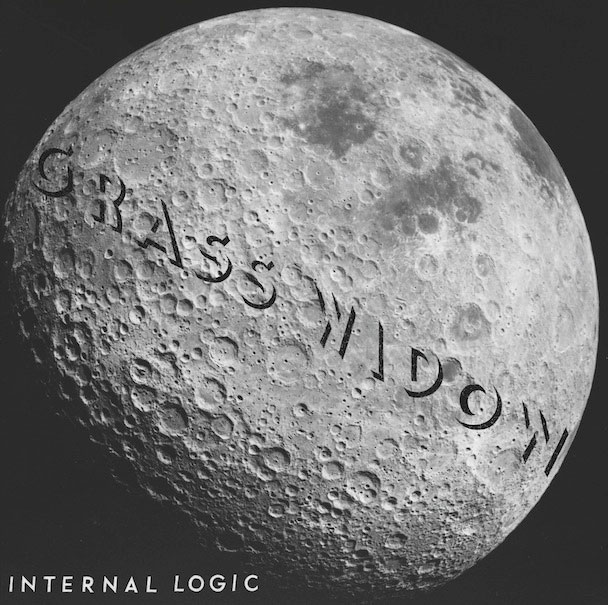
Just two years ago the Chicago art market was in disarray. NEXT Art Fair was wheezing out its terminal breath and smaller, independent galleries lacked a singular voice. With the exception of the stalwart SOFA, it appeared that Chicago was entering a future without a prominent art fair. But the art world moves fast, and today the landscape is wildly different. EXPO Chicago completed its first run in September and MDW Fair is planning their third event for early November. Suddenly art fairs are alive and well but are they the best way to elevate the Chicago art market?
Feast and Famine at EXPO Chicago
Now that the sawdust has settled and the crates have been packed and shipped (some to new homes), we are left to ponder the success and impact of the grand experiment of EXPO Chicago, the sprawling art fair that occupied over 150,000 sq. ft. of The Navy Pier’s convention floor. The plan was audacious and the stakes were high.
Reports of the staging and presentation of EXPO have been nearly unanimously positive. SAIC Professor Terry Myers told F Newsmagazine, “It was impeccably organized. It looked great. It had moments of feeling like the good old days, when Art Chicago was the fair of the world.” Organizer Tony Karman and his team drew international dealers and collectors to Chicago and presented their work to an estimated 27,000 attendees. While the aesthetics were impeccable, there is only one measure of success for an art fair: the number of zeros in total sales.
In his opening remarks, esteemed art critic and Chicago native Jerry Saltz made a preemptive plea, “Chicagoans move slow and our money moves slow,” as if to explain away the languid pace of purchasing over the weekend. The cost of a booth at EXPO started at $20,000. For all but the biggest galleries an investment of this kind, before accounting for travel costs, meant that no amount of publicity or exposure would justify the expense. Dealers had to sell or EXPO would be a disaster.
An art fair like EXPO must satisfy two parties that are notoriously difficult to please. The Chicago collectors’ market must be strong enough to entice out-of-town galleries to bring their wares. Simultaneously, the Chicago galleries must offer strong enough work that out-of-town collectors are willing to leave their local art markets to find new work. It’s a complicated chain of desire and wealth; if one link fails, the whole enterprise crumbles.
Three weeks after the art fair the EXPO 2012 Wrap Release was distributed. In this glowing bit of PR, Karman and his gang patted themselves on the back with a hearty “job well done.” The Wrap includes enthusiastic reports of sales by dealers from London (Haunch of Venison), New York (Leo Konig, Inc.), Paris (Galerie Daniel Templon) and other international locales. Chicago powerhouses like Rhona Hoffman Gallery and Kavi Gupta also reportedly sold well.
While the official PR line was one of rousing success, grumblings closer to the ground pointed to deep-seated dismay. Terry Myers spoke to many out-of-town dealers who expressed frustration. “What I heard too often is what I would characterize as bad behavior on the part of Chicago collectors,” he said, “to the point where I feel like they need a remedial course in behaving at these things.” When pressed, Myers related stories of a Chicago collector who openly expressed disinterest inside a major dealer’s booth and a collector who opened his home to visits by out-of-town gallerists but began his talk by stating that he only supports Chicago galleries. Myers also mentioned that the networking aspect that keeps art fairs relevant was lacking: “Some dealers said they weren’t necessarily expecting to sell much, but they would have liked to meet some people and strengthen ties with collectors down the road. That just didn’t happen.”
Concerns with Chicago collectors point to a deeper issue of whether Chicago has an art market wealthy enough to support a major international fair. During the 1980s and 90s Art Chicago was one the most important art fairs in the world. But as Art Chicago declined during the last decade and the art world moved on. Today there is a full calendar of events like Art Basel/Miami, Frieze Art Fair London, Art Paris, Art Cologne and countless others in exotic or otherwise appealing locales. For Myers the saturation of the art fair market presents the biggest roadblock to future success for EXPO. “I just don’t think Chicago has what it takes to get people to add it to the private jet circuit. I just don’t see the droves coming from Europe, South America or China. … It’s not a problem of Chicago, but a problem of the art fair, there are just too many of them.”
While success for EXPO has innumerable benefits (flooding the local art market with out-of-town money helps everyone), questions of whether the risk is worth the reward linger. If EXPO falters or fails in a spectacular way, the ensuing backlash could sour an entire generation of art dealers on the idea of doing business in Chicago and leave scorched earth where a burgeoning art market once was.







